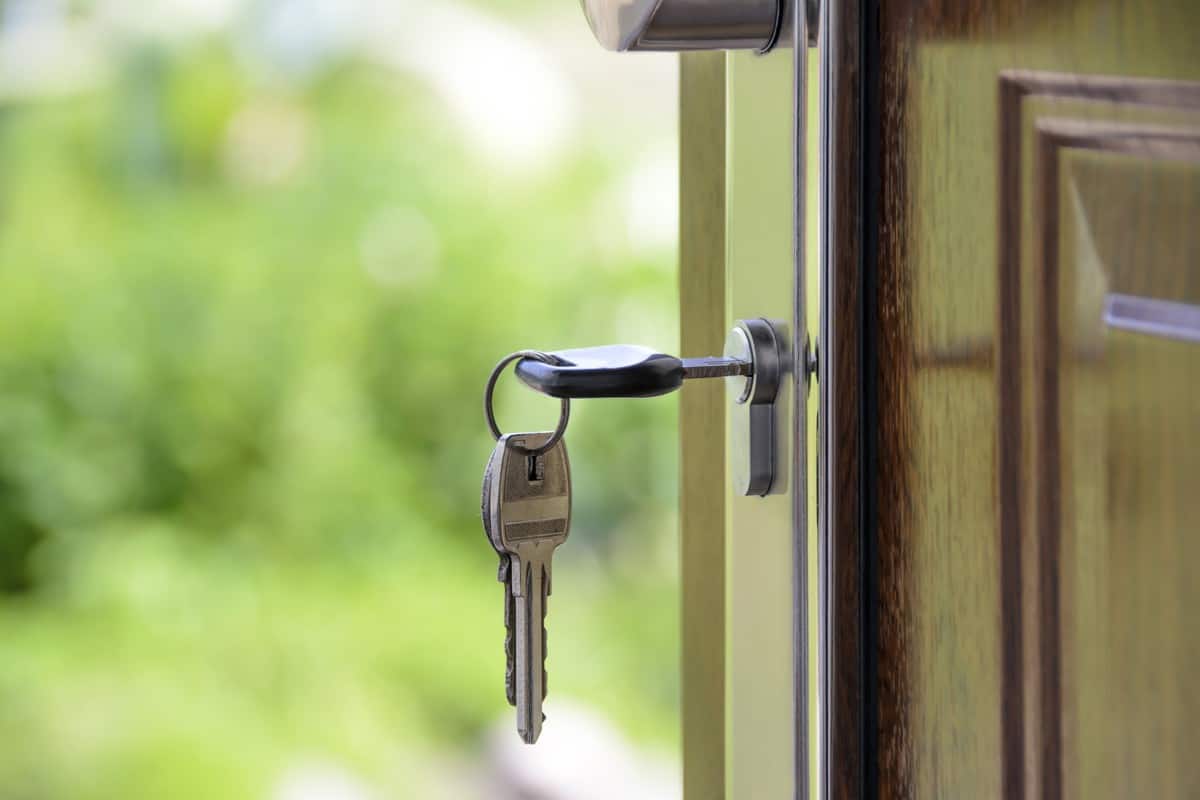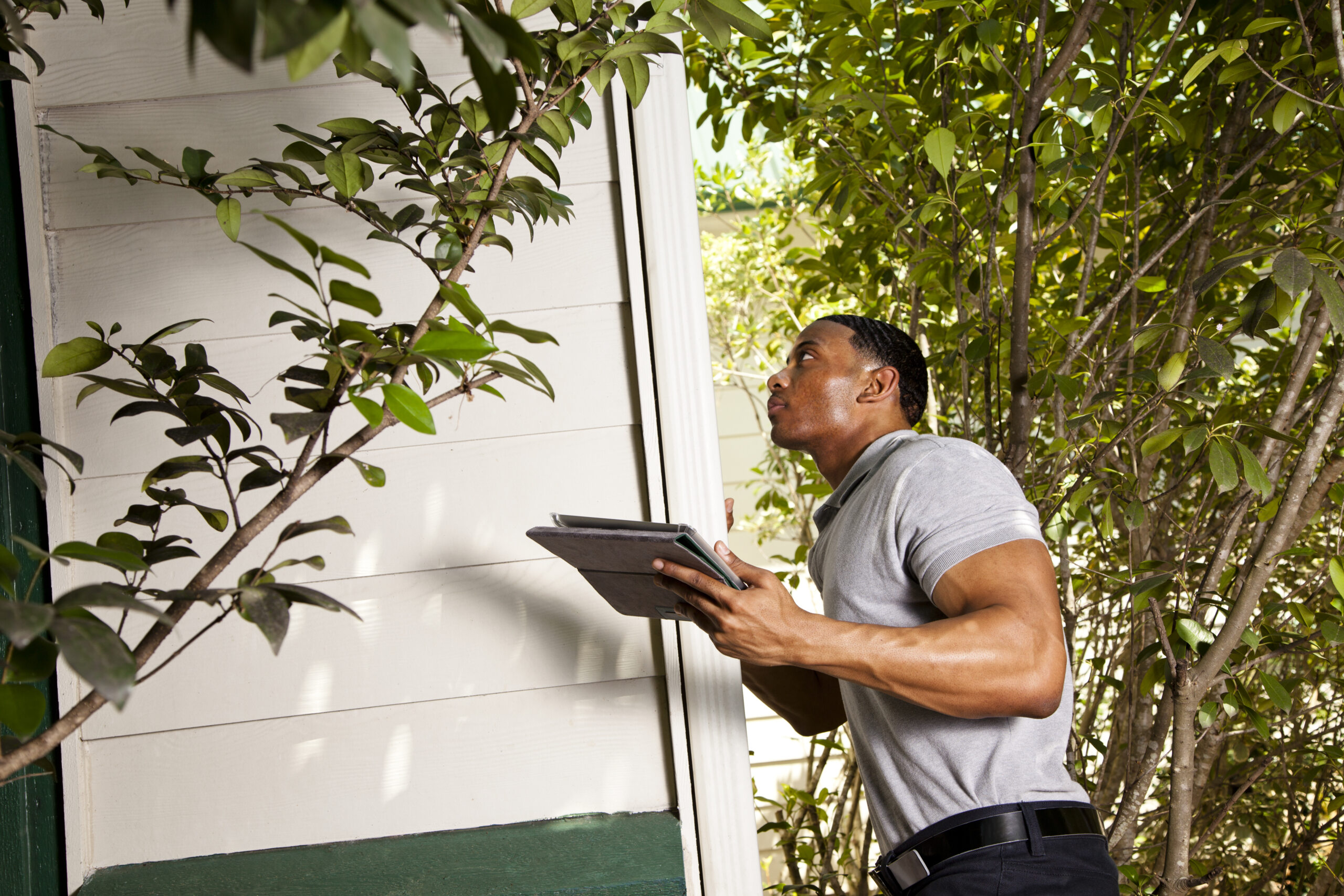You’re ready to step out on your own and buy a home. The only problem? Your dreams might be big but your bank account isn’t. You’ve heard the advice of financial experts. You know it’s ideal to contribute a down payment of at least 20% of your mortgage to improve your odds of obtaining a loan and score a lower interest rate.
Just a few years ago, that recommendation was practically gospel. Now, however, it’s far from your only option. The digital era has turned Home Buying 101 on its head. Today, a 0% down payment doesn’t mean an immediate rejection or sky-high interest rates. Rather, there are plenty of programs in place to help you score the keys to your new home, without draining your savings in the process.
Today, we’re explaining how these programs work and what you can expect when you pursue one. Ready to learn more? Let’s get started!
Can You Buy A House With No Down Payment?
The short answer? Absolutely.
There are a few loan types and loan programs in place that can make it easier than ever before to obtain a home mortgage, even without putting any money down at closing.
Three of the most popular options include:
- U.S. Department of Veterans Affairs (VA) Loan
- U.S. Department of Agriculture (USDA) Loan: Single-Family Direct Homeownership Loan
- USDA Loan: Single-Family Guaranteed Homeownership Loan
In addition, there are also loan options that require a minimal down payment. While they do require some money at closing, they aren’t as financially restrictive as a traditional mortgage. The most popular low-down-payment option is a Federal Housing Administration (FHA) loan.
While any of these can be an attractive option, especially if you’re strapped for cash, they carry fairly strict qualification requirements that restrict acceptance to certain parties. Let’s take a look at the circumstances you’ll need to meet to continue.
VA Loans
VA loans are restricted to United States veterans. To qualify for one, you’ll need to have:
- A solid
- credit score (usually 620 or higher)
- Adequate income
- A Certificate of Eligibility from the VA
If you meet all of these criteria, you can apply for a zero-down VA loan as long as the property’s sales price doesn’t exceed its appraised value. Overall, this is the most cost-effective mortgage program available today, although there is a one-time VA funding fee equal to 2.15% of the loan amount, which can be financed into your loan.
USDA Single-Family Direct Homeownership Loans
Both types of USDA loans are designed to help individuals with low-to-moderate income and decent credit purchase a home in a rural area.
To qualify for a single-family direct homeownership loan, the property you’re eyeing must meet the following restrictions:
- Be no larger than 1800 square feet
- Have a market value below the applicable area limit
- Not include any swimming pools or income-producing properties
Moreover, the USDA also requires that the borrower’s household adjusted income be at or below the applicable low-income limits for that area.
USDA Single-Family Guaranteed Homeownership Loans
The USDA single-family guaranteed homeownership loan requires that all applicants have an income that falls below 115% of their area’s median income level.
FHA Loans
The Government-backed FHA program does not offer a 0% down mortgage option. However, you can find ones with down payments as low as 3.5% of the home’s purchase price.
While the price isn’t rock-bottom, one advantage of pursuing an FHA loan is that these feature more flexible qualifying requirements than USDA or VA loans. In most cases, you’ll just need an adequate FICO credit score to apply. If yours is at least 500, the down payment is usually 10%, while a score of 580 or higher lowers the rate significantly.
Do I Have To Be A First-Time Home Buyer For A Low- Or No-Down-Payment Mortgage?
The loan programs listed above are available for both first-time and repeat home buyers. However, some are better suited to a first-time home purchase, such as an FHA loan.
Also, the Government does offer more incentives for those on this journey for the very first time. For instance, you can also look into first-time homebuyer grants or down payment assistance programs available through the government. These initiatives are listed in greater detail on the HUD website.
Can I Get a Low- or No-Down-Payment Home Loan with Bad Credit?
As mentioned, most low- or no-down-payment home loans are designed to be more beneficial to those with good or excellent credit. Take the FHA loan, for instance. With a credit score of 500, your down payment is 10%. With a score of 580 or higher, it’s 3.5%.
At the same time, the VA might not set a credit requirement for its loan assistance programs, but lenders who fund those loans will normally have limits that homebuyers must meet. Often, a score of at least 620 is required, though you might be able to find lower minimum requirements with a smaller lender.
This is on par with both types of USDA loans. Although there is no official credit limit, most lenders require a score of at least 640. That’s also the number you’ll need to reach if you want to qualify for automatic loan approval through the USDA’s Guaranteed Underwriting System (GUS).
For the most part, you can expect to pay higher interest rates and loan fees if your score dips below 620. In some cases, a lender can deny your application altogether if your score is too low. If this happens, there are steps you can take to raise your credit score and reapply a few months later.
If I Make a Low Down Payment, Do I Pay Mortgage Insurance?
Different loan options will have requirements concerning private mortgage insurance (PMI). With a conventional mortgage, PMI is required as a monthly fee to protect your lender if you default on your loan. Average PMI rates range from 0.55% to 2.25% of the original loan amount.
If you qualify for a VA loan, you will not be required to pay PMI. This is a unique perk, as most lenders require at least some form of mortgage insurance to secure their interests.
With either type of USDA loan, your PMI will be 0.35%. An FHA loan carries a PMI rate of 0.85%. As you can see, any of these options are lower than the standard rate associated with most traditional mortgages.
Are There Income Limits on Low-Down-Payment Mortgages?
Lenders want to make sure that you can afford the home you want to finance. As such, there will be some steps in place to make sure that you don’t default as soon as you sign on the bottom line. Let’s take a look at how each program works.
VA Loans
VA lenders will assess two components to see if you qualify. These include:
- Your monthly household income
- Your qualifying debt
The VA does not necessarily have an income limit for qualifying borrowers. Rather, your debt-to-income (DTI) ratio is the determining factor that most lenders will analyze. Most lenders will set a DTI limit of 41%, although some may allow the ratio to exceed these limits.
USDA Loans
USDA loans have income limits that vary by both location and household size. There’s also a base income-limit that extends to the entire United States.
In July 2019, the national income limits for the Single-Family Housing Guaranteed Loan Program increased. Before these changes, the income limit for a one-to-four-person household was $82,700. For households with five to eight people, it was $109,150.
Now, the limits are as follows:
- One-to-four-person household: $86,850
- Five-to-eight-person household: $114,650
To learn more about the state-specific income requirements for your area, you can visit the USDA loan website. Here, you’ll enter your state and county, as well as a few other details including your household size, ages of residents, and any disabled persons living with you. Other details that determine your income limit will include:
- Your property location
- Your expenses and deductions
- Your gross monthly income
Ace Home Buying 101 And Save Money When You Close
You don’t have to have tens of thousands of dollars in the bank and a fantastic credit score to score a home mortgage without a down payment. As long as you meet the qualifying factors listed above, you can pursue a VA, USDA, or FHA loan and save a ton of money on closing day.
When you’re ready to take this next step, it’s important to do your research. Learn as much as possible about home buying 101, including these different types of loans. Talk to a mortgage lender to make sure you understand the fine-print details, including any extra fees or charges that you might incur when you go this unconventional route.



